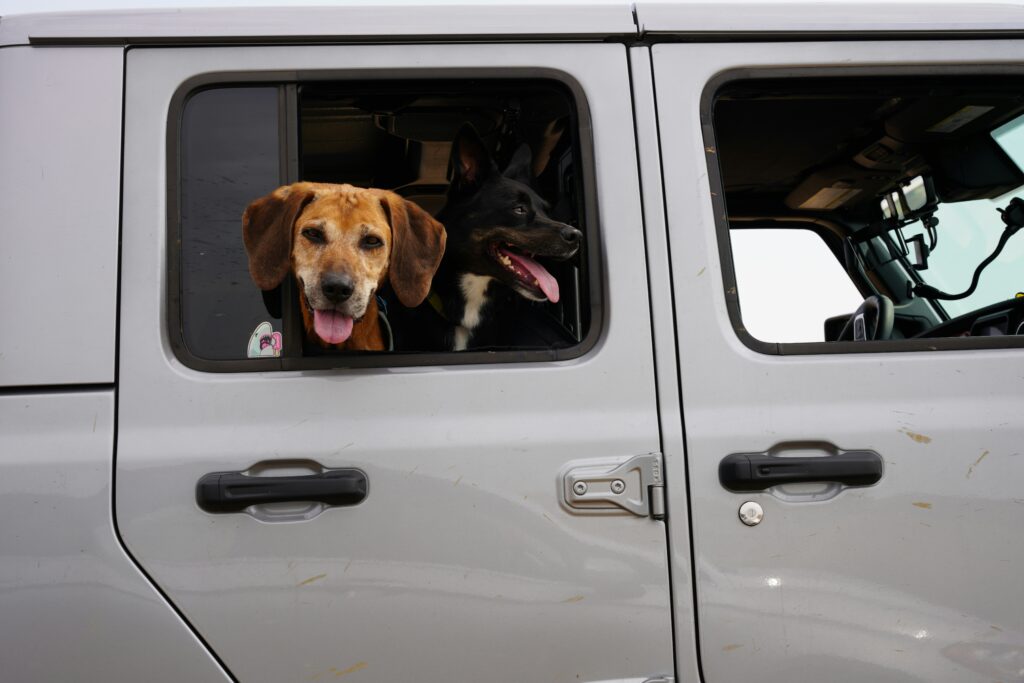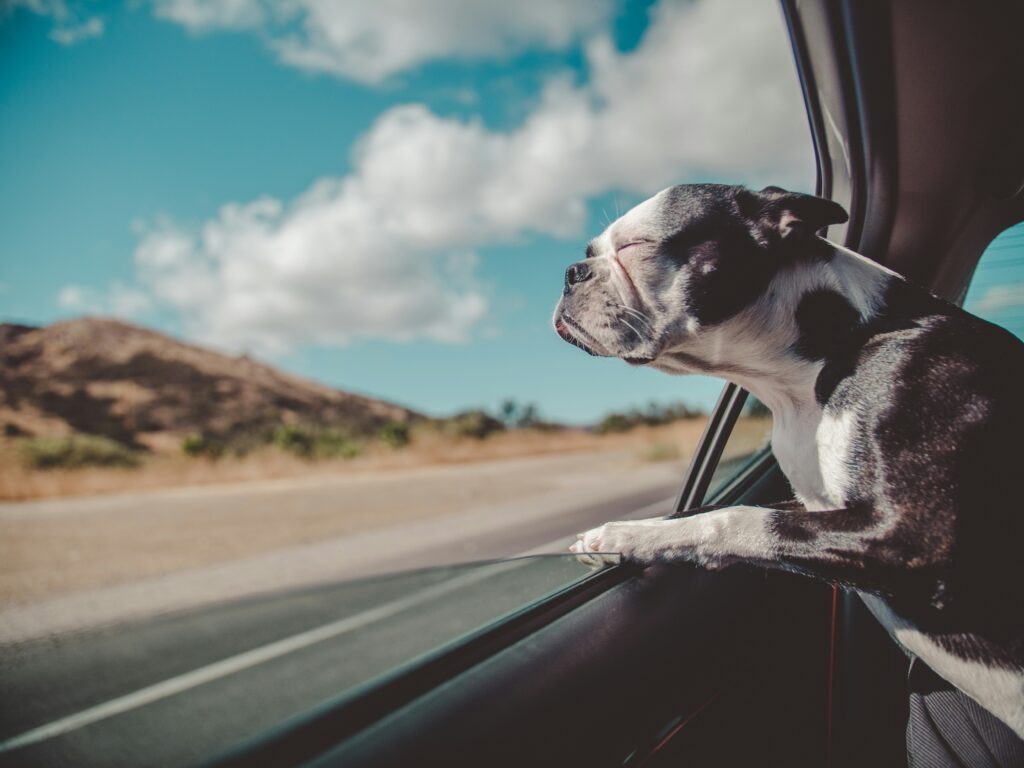Taking your pet along on an international adventure can be an exciting experience—but it requires careful planning and consideration. From navigating complex airline regulations to ensuring your furry friend’s comfort and safety, there’s a lot that goes into making sure your pet’s trip is as smooth as possible. Here’s what you need to know to prepare for a successful journey abroad with your pet.
Research Country-Specific Requirements Early

Every country has its own set of rules and regulations for allowing pets in, so start your research as early as possible. Some destinations may have strict quarantine periods, mandatory vaccinations, or even breed restrictions. For example, the UK and Australia have stringent requirements for rabies vaccinations and often require pets to have microchips. Other countries like Japan and New Zealand might need additional health certifications or specific treatments. It’s crucial to understand the entry requirements well in advance—ideally several months before your travel date—to ensure there are no last-minute surprises.
Get the Right Travel Documentation
Traveling with your pet requires more than just a passport. You’ll likely need an array of documents, including vaccination records, health certificates, and import permits. Most countries require a veterinary health certificate signed by an accredited veterinarian, often within a specific time frame before your trip. The USDA and your vet can provide the proper forms if you’re traveling from the U.S., but make sure to double-check the specific requirements for your destination country. Organize all documents in a dedicated folder and carry both physical and digital copies with you during your trip.
Choose the Best Airline and Pet-Friendly Flights
Not all airlines have the same policies when it comes to pets, so choosing the right one is key. Some airlines allow small pets to travel in the cabin, while others require pets to be checked into the cargo hold. For safety reasons, certain breeds like pugs or bulldogs, which are prone to breathing issues, might not be allowed in cargo at all. Check airline websites or call customer service to understand their pet travel policies, fees, and crate requirements. If possible, book non-stop flights to minimize stress for your pet and avoid layovers where your pet could be mishandled or exposed to extreme temperatures.
Pick the Right Crate for Your Pet
The right travel crate is essential for your pet’s safety and comfort during the journey. Airlines have specific guidelines for crate size, ventilation, and durability, so make sure you purchase one that meets the International Air Transport Association (IATA) standards. The crate should be large enough for your pet to stand, turn around, and lie down comfortably. Introduce the crate to your pet well before the trip, using it at home so they get used to being inside it. Consider adding familiar items like a favorite blanket or toy to make the crate feel more like home.
Consider Your Pet’s Comfort and Safety

Long flights and unfamiliar environments can be stressful for pets, so take steps to ensure their comfort. Avoid feeding your pet a large meal just before the trip to prevent motion sickness, but do provide water. For anxious pets, you might want to consult with your vet about using calming aids like pheromone sprays or mild sedatives. Make sure your pet is well-exercised before leaving for the airport, as a tired pet is more likely to sleep through the flight. Also, plan for potty breaks before check-in and, if possible, during layovers.
Know the Quarantine and Health Regulations
Quarantine requirements vary widely depending on where you’re going and where you’re coming from. Some countries may require a short quarantine period at a government-approved facility, while others may have home quarantine options or no quarantine at all if the pet meets specific health criteria. For example, traveling from a rabies-free country to another rabies-free country usually simplifies the process, while traveling to rabies-controlled areas may come with more stringent rules. Always check the latest quarantine guidelines for your destination to avoid unexpected delays or complications upon arrival.
Plan for Your Pet’s Arrival
Once you arrive, the transition doesn’t end there. Make arrangements for your pet’s immediate needs, like finding a pet-friendly hotel and locating the nearest veterinary clinic in case of emergencies. Some countries might require your pet to undergo a health inspection upon landing. Be prepared for some waiting time and have all your documents ready to present. Make sure you have a comfortable carrier or leash for your pet and consider bringing familiar items from home to help ease their anxiety.
Have a Backup Plan

Even with the best-laid plans, things can go wrong. Flights can be delayed, documents can be misplaced, or a health issue could arise unexpectedly. Having a backup plan can save a lot of stress. Research alternative pet transport options, know the contact information for your destination’s animal control authorities, and ensure your pet’s microchip information is up-to-date. Preparing for potential hiccups ensures that you and your pet can handle any surprises along the way.
Traveling abroad with a pet can be complex, but with thorough planning and consideration for your pet’s comfort and safety, it’s absolutely possible. When done right, the experience can be rewarding and memorable—for both of you!


